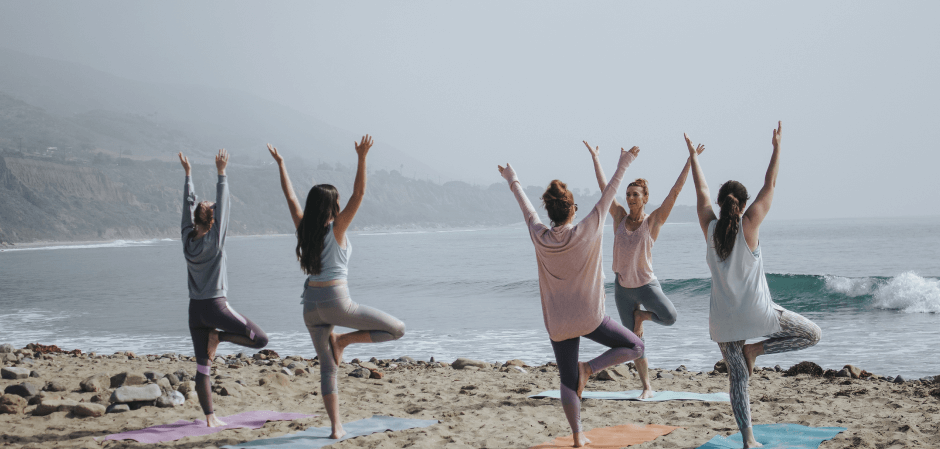
According to the Prague School of Rehabilitation, Dynamic Neuromuscular Stabilization (DNS) is based on the principle that, “The nervous system establishes programs that control human posture, movement, and gait”. These “programs,” or blueprints, are established in the first critical years of life, and through the rehabilitation protocols established in DNS, movement control centers in the brain can be activated to restore dysfunction of the locomotor system and associated syndromes that arise later in life.
In order for their bones and joints to develop properly, children must follow set developmental milestone within that program. When this “program” is applied to an adult, proper stability is restored, joints centrate, and muscles work synergistically around the joints. Why? Because they were already developed during childhood.
DNS emphasizes the stabilizing system of the spine which involves muscles such as the multifidi, the deep neck flexors, the diaphragm, the abdominal wall, and the pelvic floor. Using the stabilizing system in a functional way is required for safe purposeful movement of the head and the extremities, and is important in static loading of the spine while sitting or standing. The therapeutic aspect of DNS is the foundation of healthy movement, which includes centration of joints, axial extension of the spine, and activation of intra-abdominal pressure, all of which provide stability to the body and its segments.
Yoga is an ages-old practice that unites the mind and body by coupling physical activity with mental focus, through breathing and meditation. There are three principles that are very important to yoga and its practice:
Yoga and DNS both evolved from observing children in their natural habitat. Using the inherent movement patterns developed in children, the body can be studied as a complete functional unit in adulthood. The first similarity between yoga and DNS is the actual positioning of the human body when practicing either technique. In DNS, the positioning of the body is based on the developmental patterns of an infant. For example, a common position used in DNS rehabilitation is called Tripod, achieved between 9 and11 months. Tripod is a transitional position that helps the child change from a turning pattern to a crawling pattern. The body is positioned in tripod as a form of DNS treatment, while positioning in Yoga is in the form of asanas. The asana Utthita Parsvaskonasana is very similar to tripod.
Another important similarity between DNS and Yoga is their emphasis on joint centration, where a joint is in an optimal position with symmetric co-activation of the surrounding muscles. Both DNS and Yoga use active movements by the practitioner and passive movements by the patient to ensure the joint in focus is in a centrated position. A centrated joint has the most interosseous contact for optimal load transfer through the joint. Joint centration allows for balanced muscle activity as well as a more economical and efficient use of the extremity.
The applications of DNS and Yoga in rehabilitation provide an effective way for understanding the body as a functional unit. Rather than treating symptomatically, DNS and its application to Yoga practices gets to the root cause of a patient’s dysfunction, rather than the patient’s current pain. What milestones were missed in early childhood and what are the resulting compensatory motor patterns? Not just where do you hurt, but how and why do you hurt? Rather than focusing on treating pain symptoms, DNS gets to the root to eliminate them for life.
Many people accept changes in balance, stability and overall physical function as natural effects of the aging process. However, changes in joint alignment and motor patterns often occur from everyday postural habits and repetitive motions that interfere with functional movement and stability.
Dr. Lev Kalika had the privilege of studying under Prof. Pavel Kolar, developer of Dynamic Neuromuscular Stabilization (DNS), a method of treating musculoskeletal disorders using innate developmental motor patterns. Under Dr. Kolar’s tutelage, Dr. Kalika became a master of DNS and was certified in Prague, brining the innovative treatment method with him to practice in the United States.
If you struggle with balance or find everyday movement to be increasingly challenging, DNS may be a solution to restoring stability and safe functional movement. Contact NYDNR today to schedule a biomechanical analysis, and get moving again to get the most out of life.
Dr. Lev Kalika is a world-recognized expert in musculoskeletal medicine. with 20+ years of clinical experience in diagnostic musculoskeletal ultrasonography, rehabilitative sports medicine and conservative orthopedics. In addition to operating his clinical practice in Manhattan, he regularly publishes peer-reviewed research on ultrasound-guided therapies and procedures. He serves as a peer reviewer for Springer Nature.
Dr. Kalika is an esteemed member of multiple professional organizations, including: